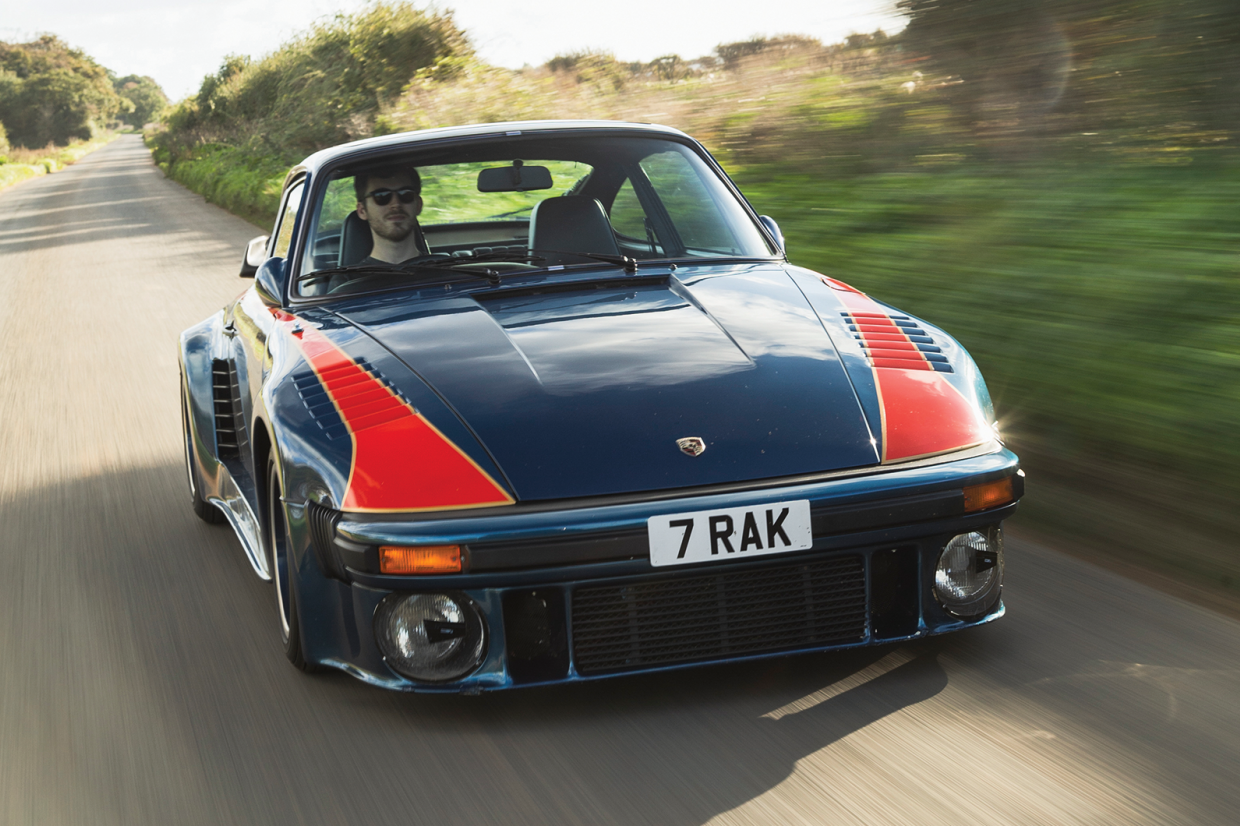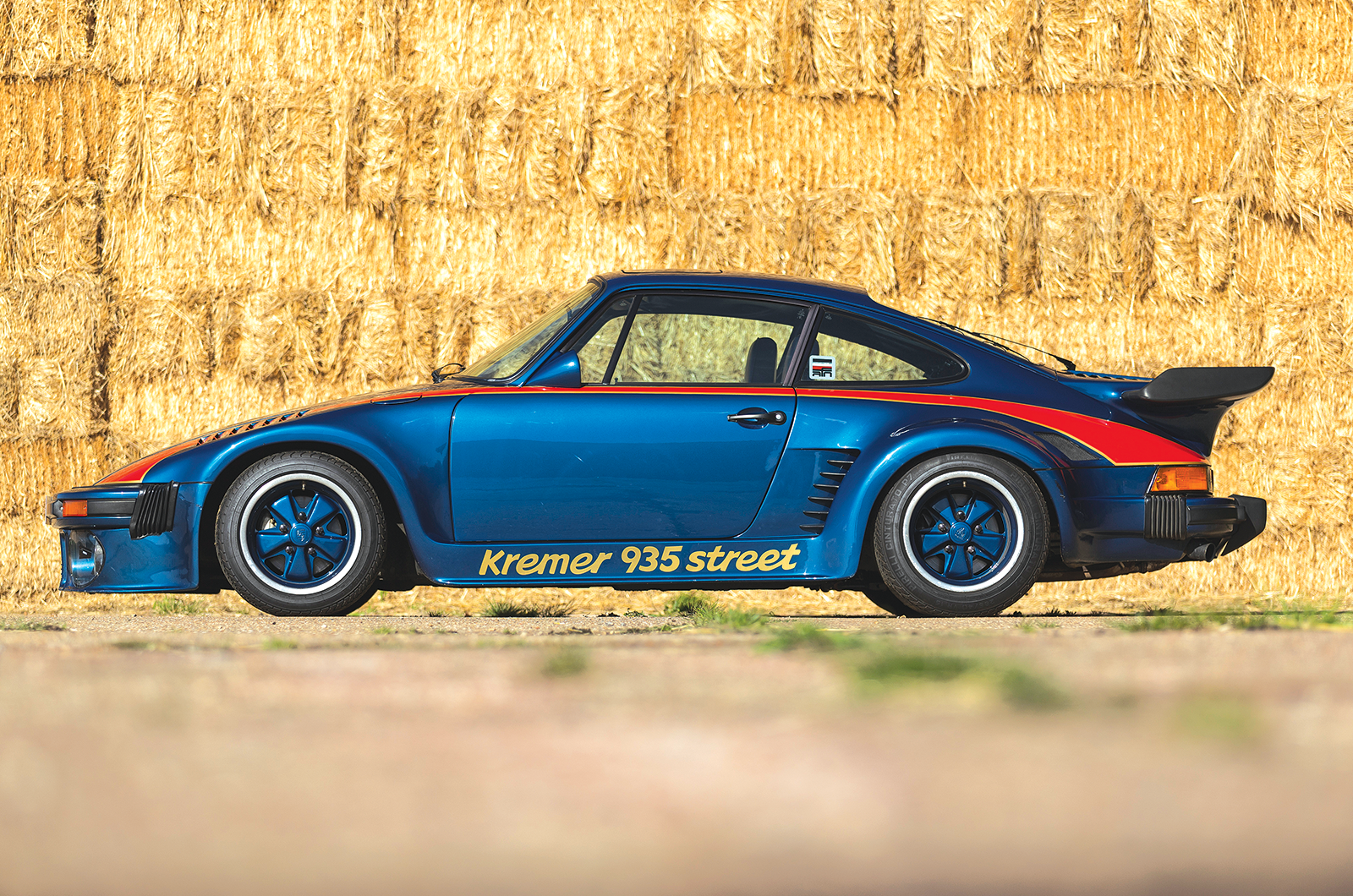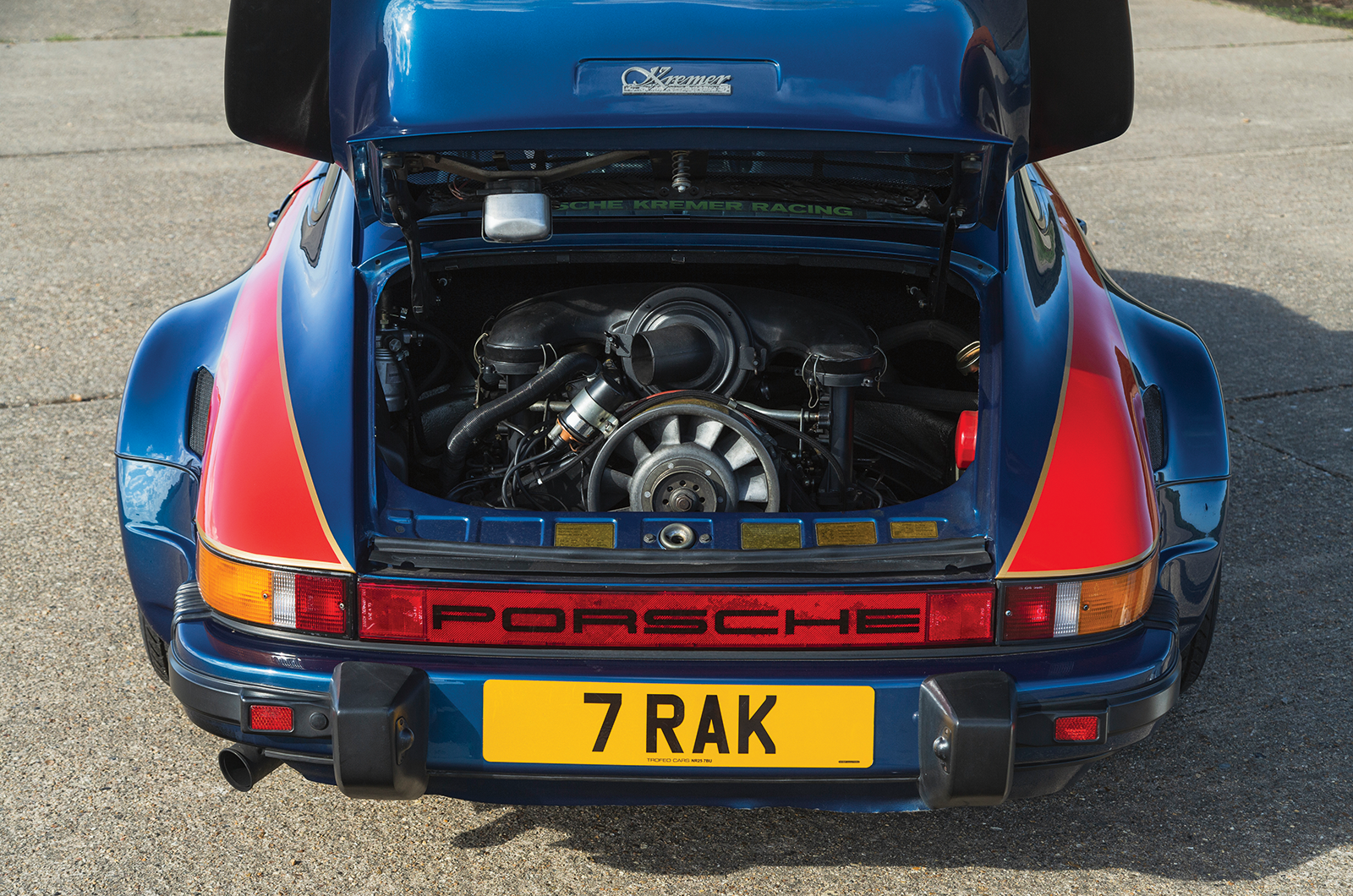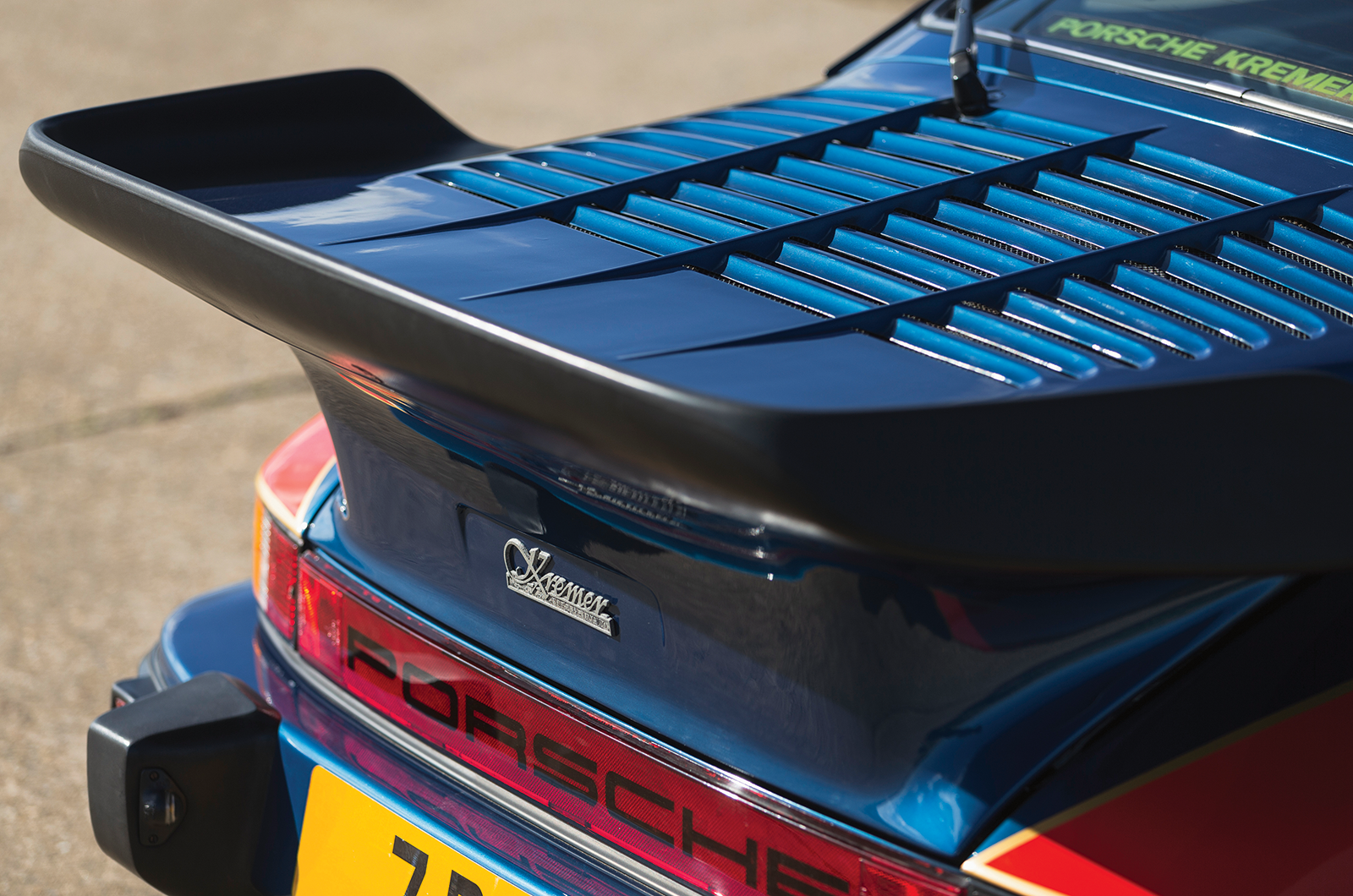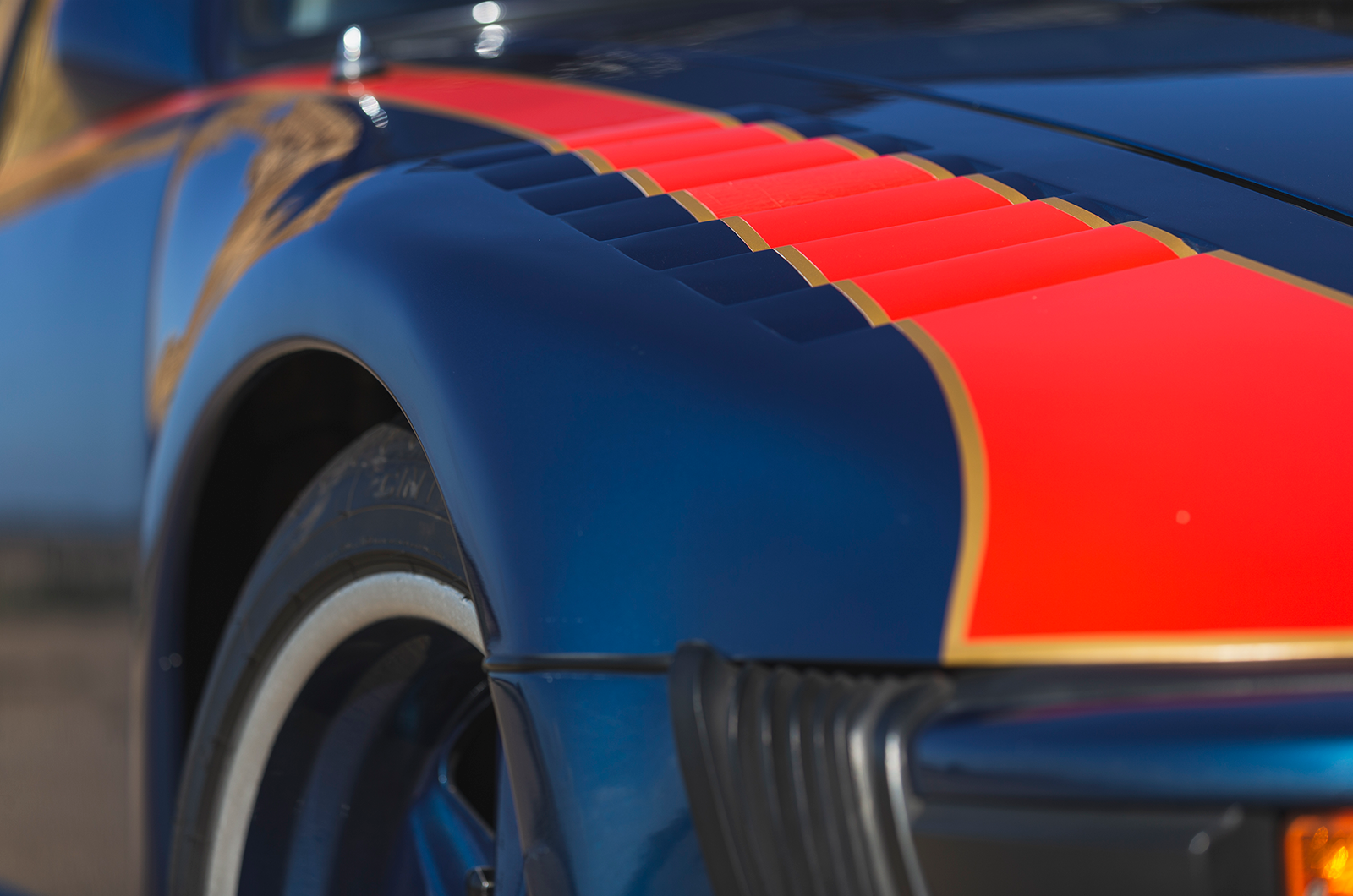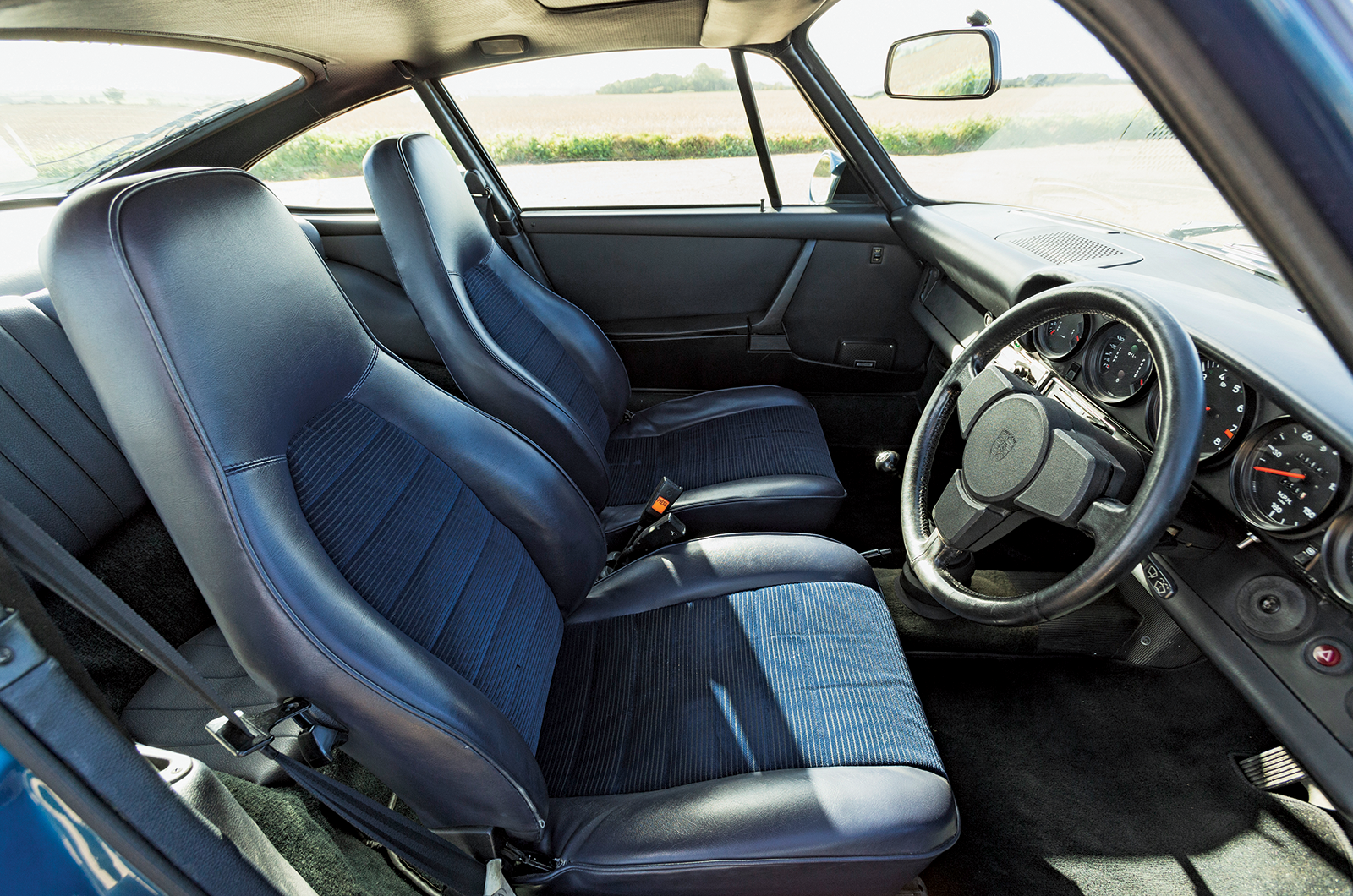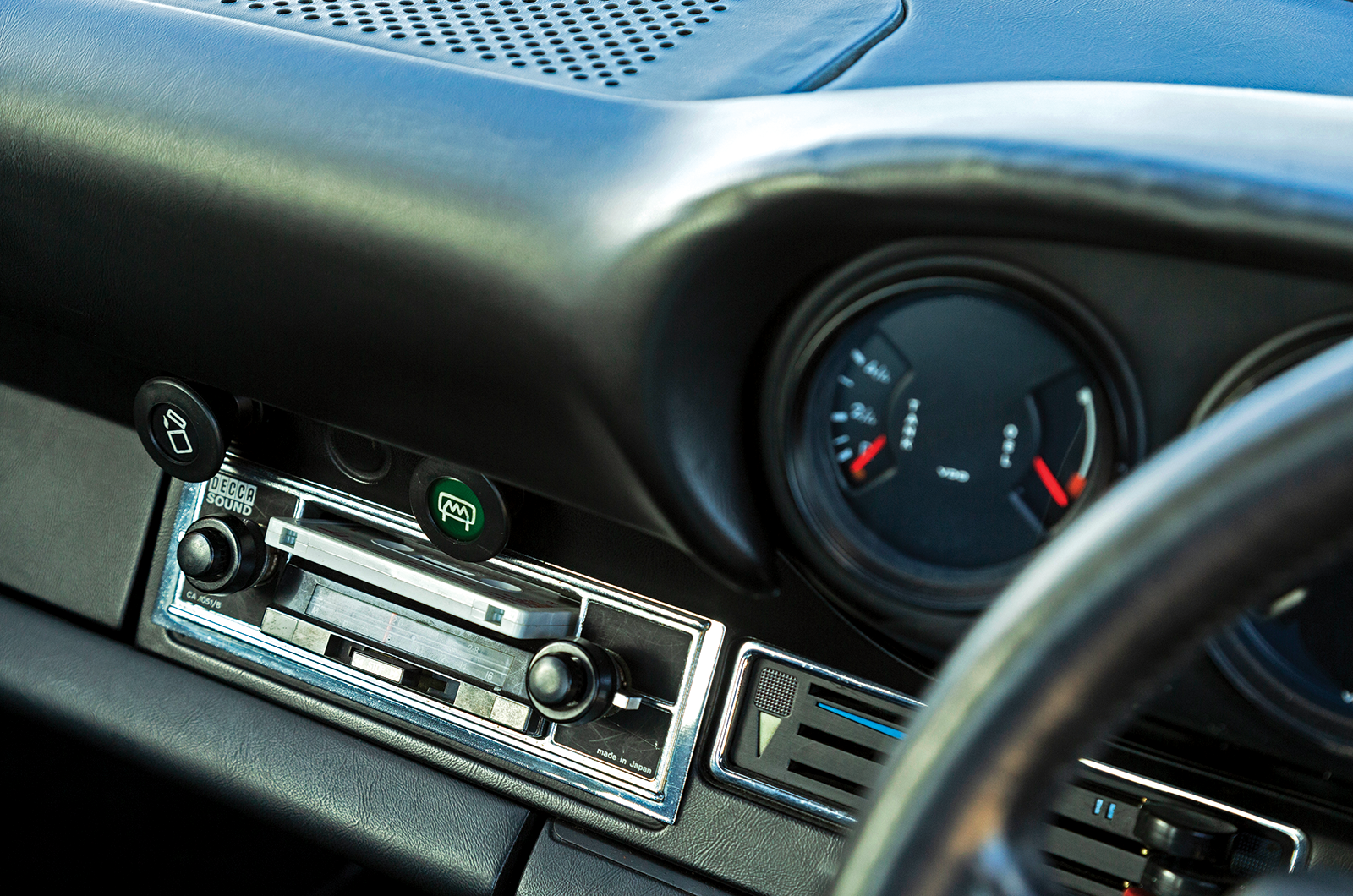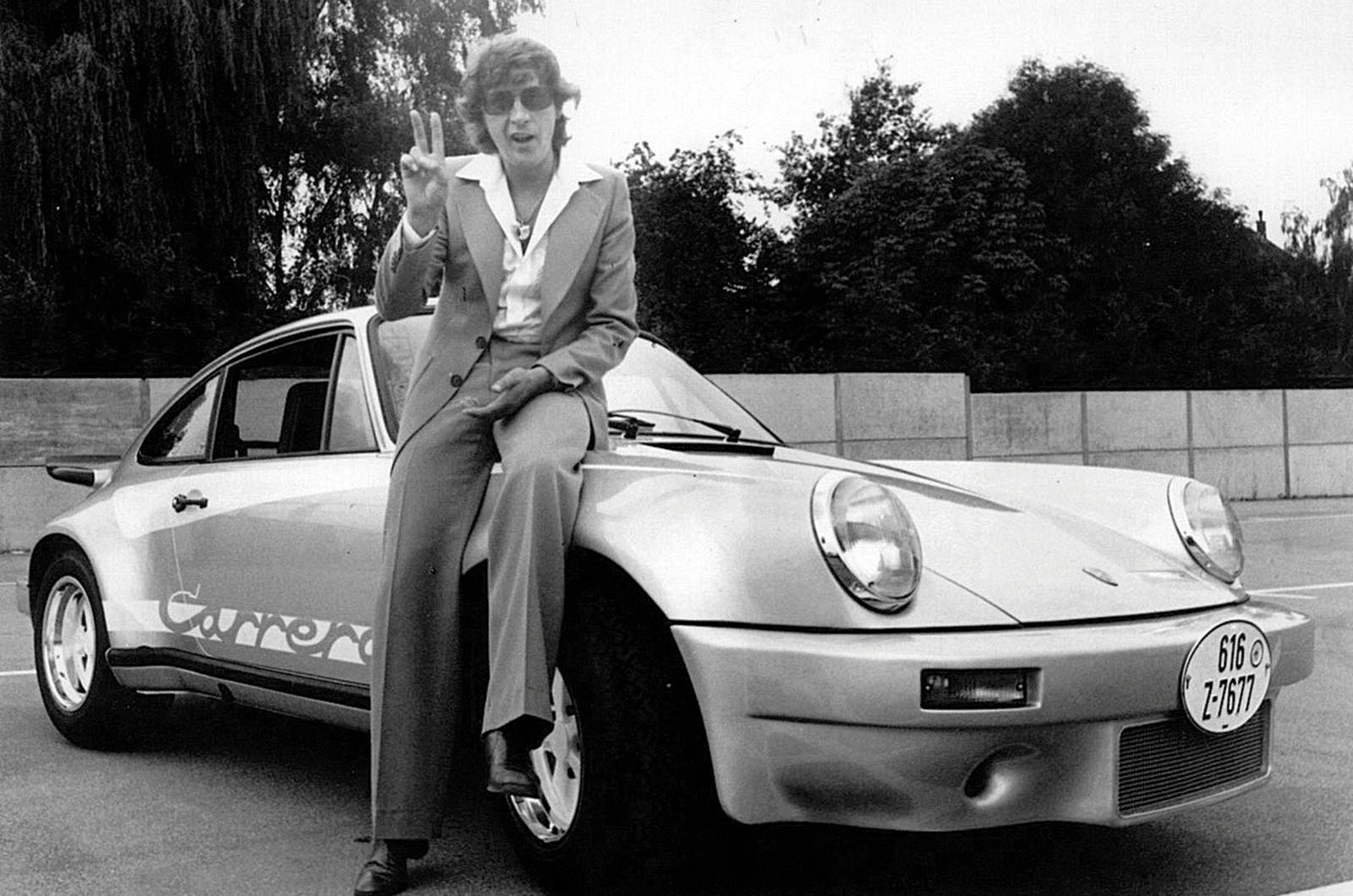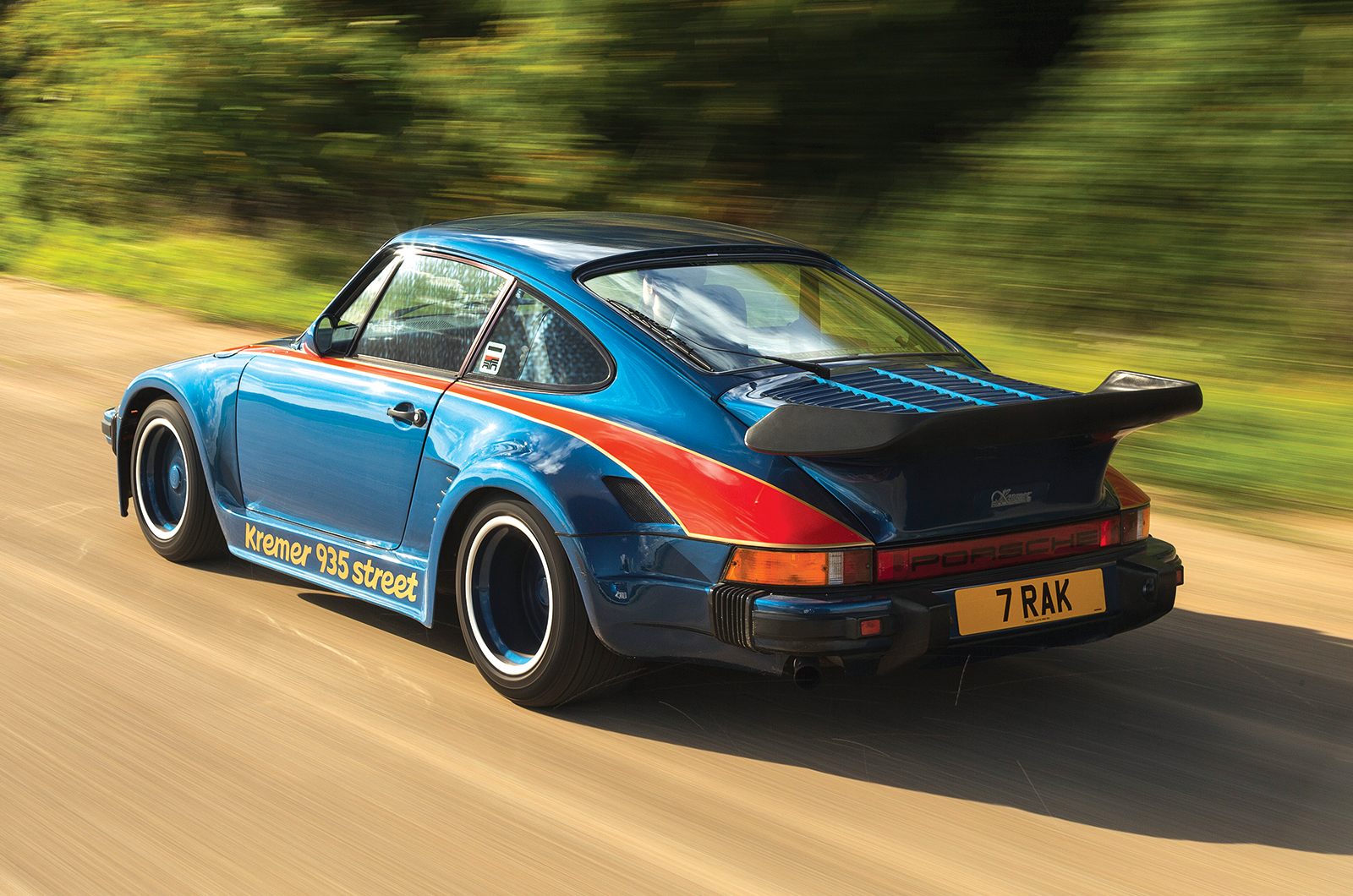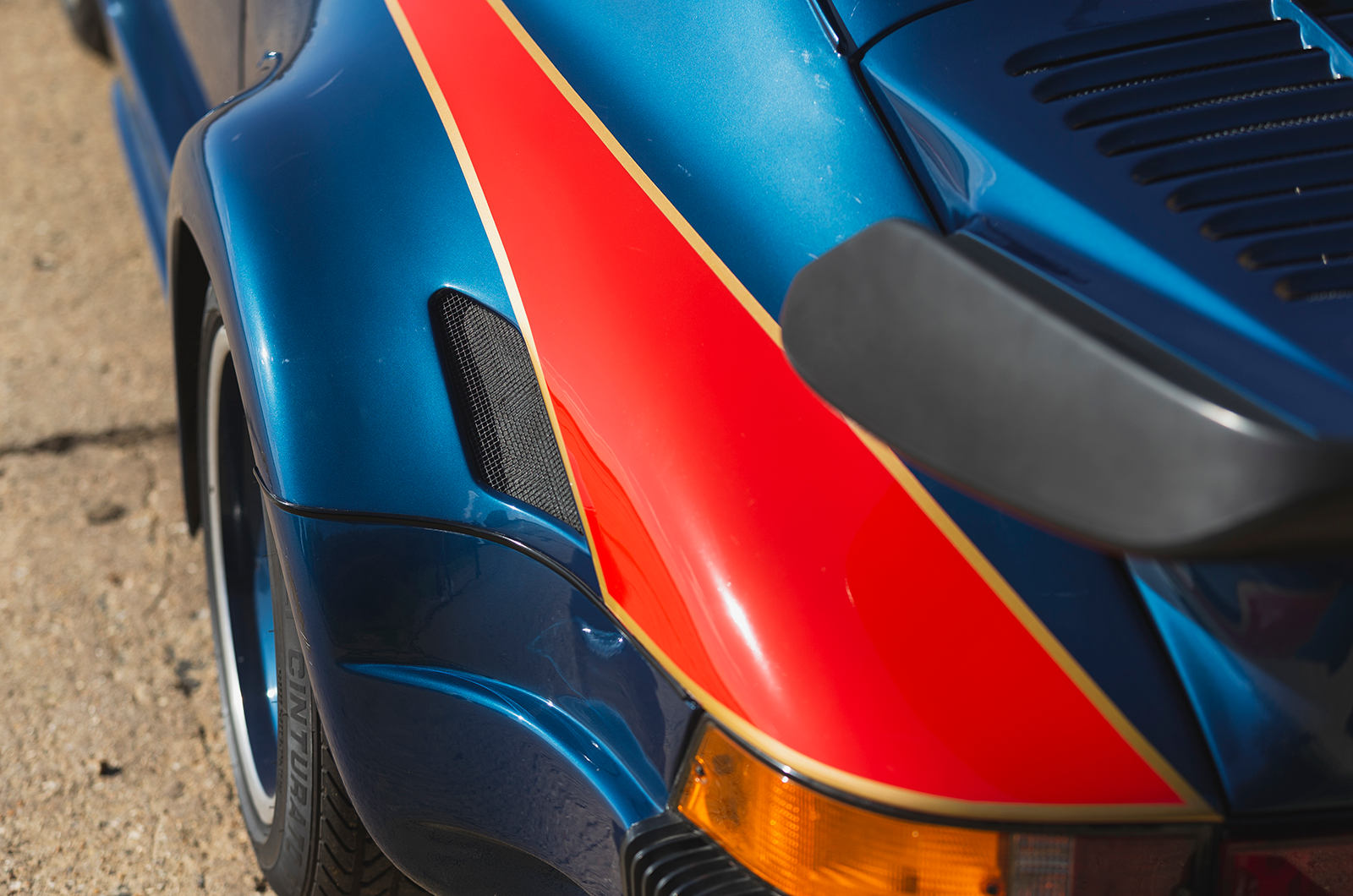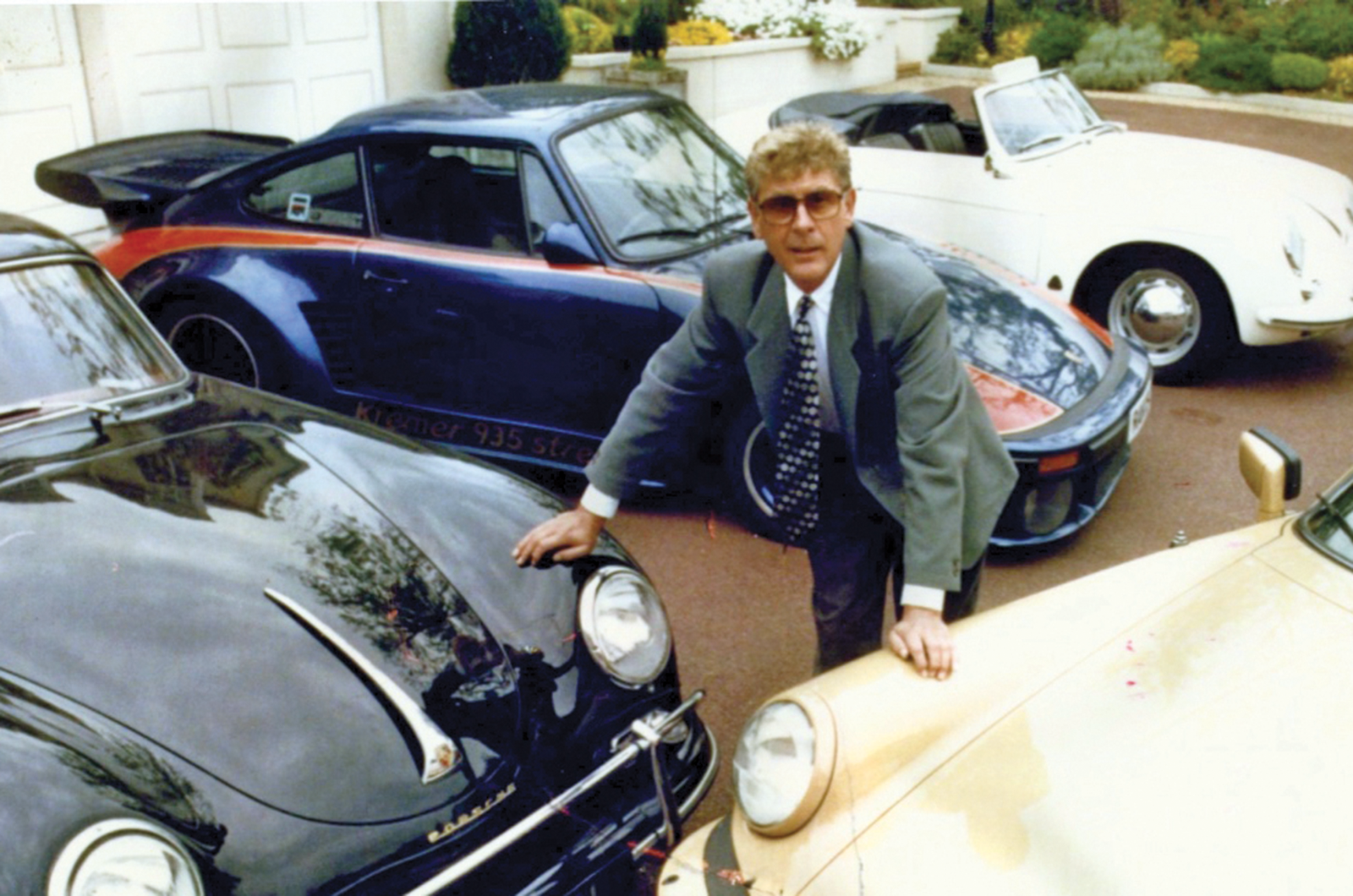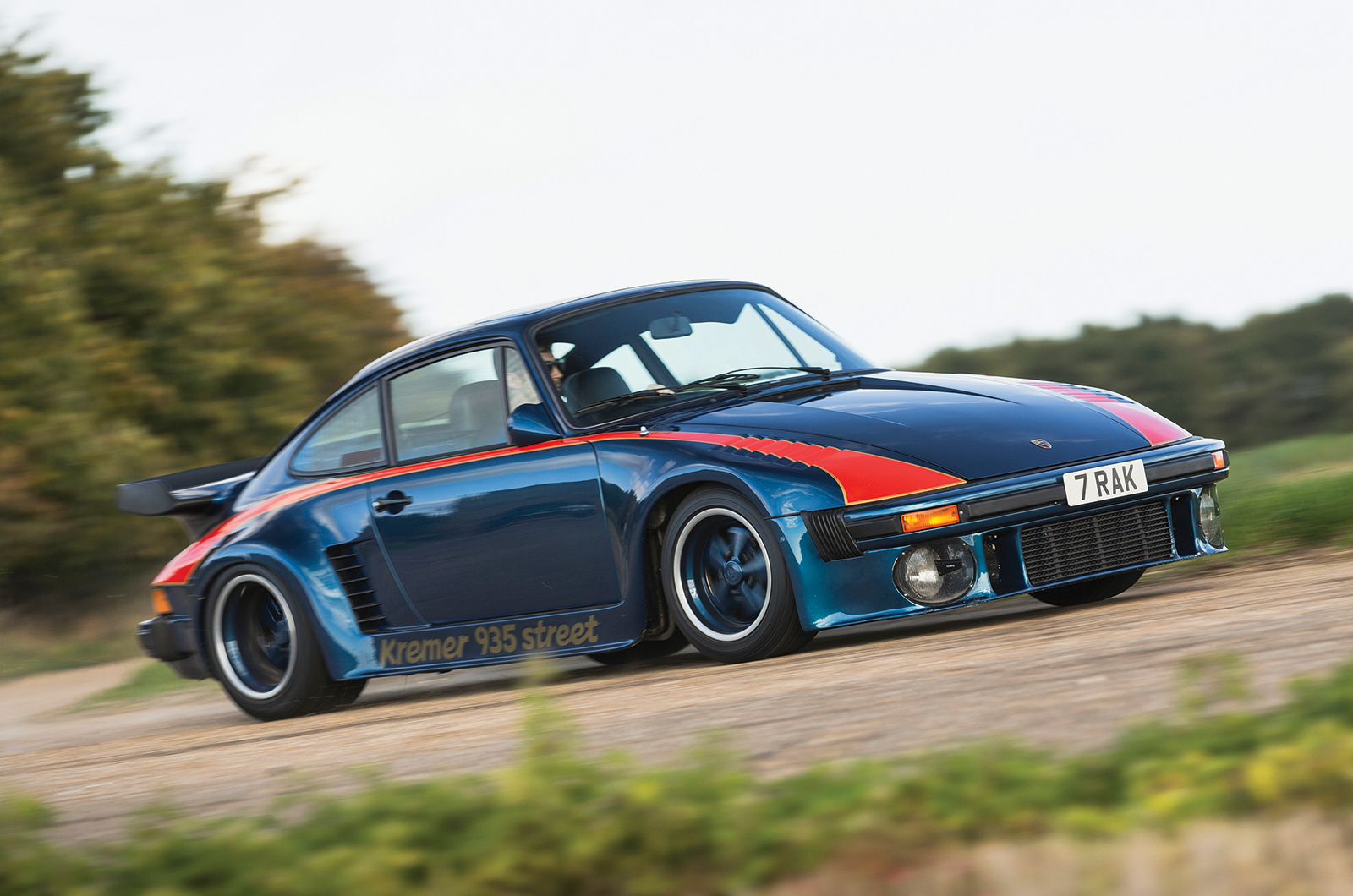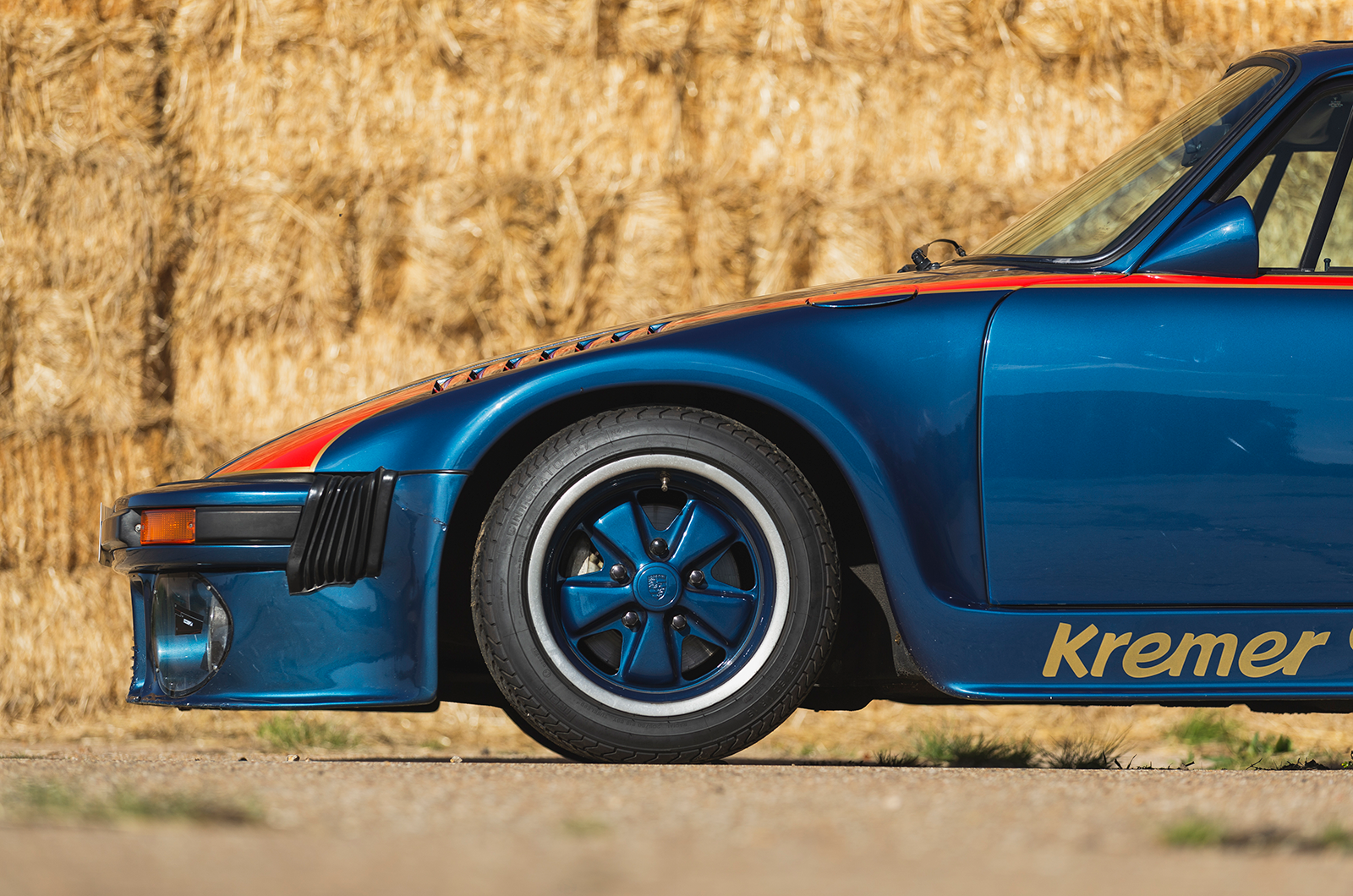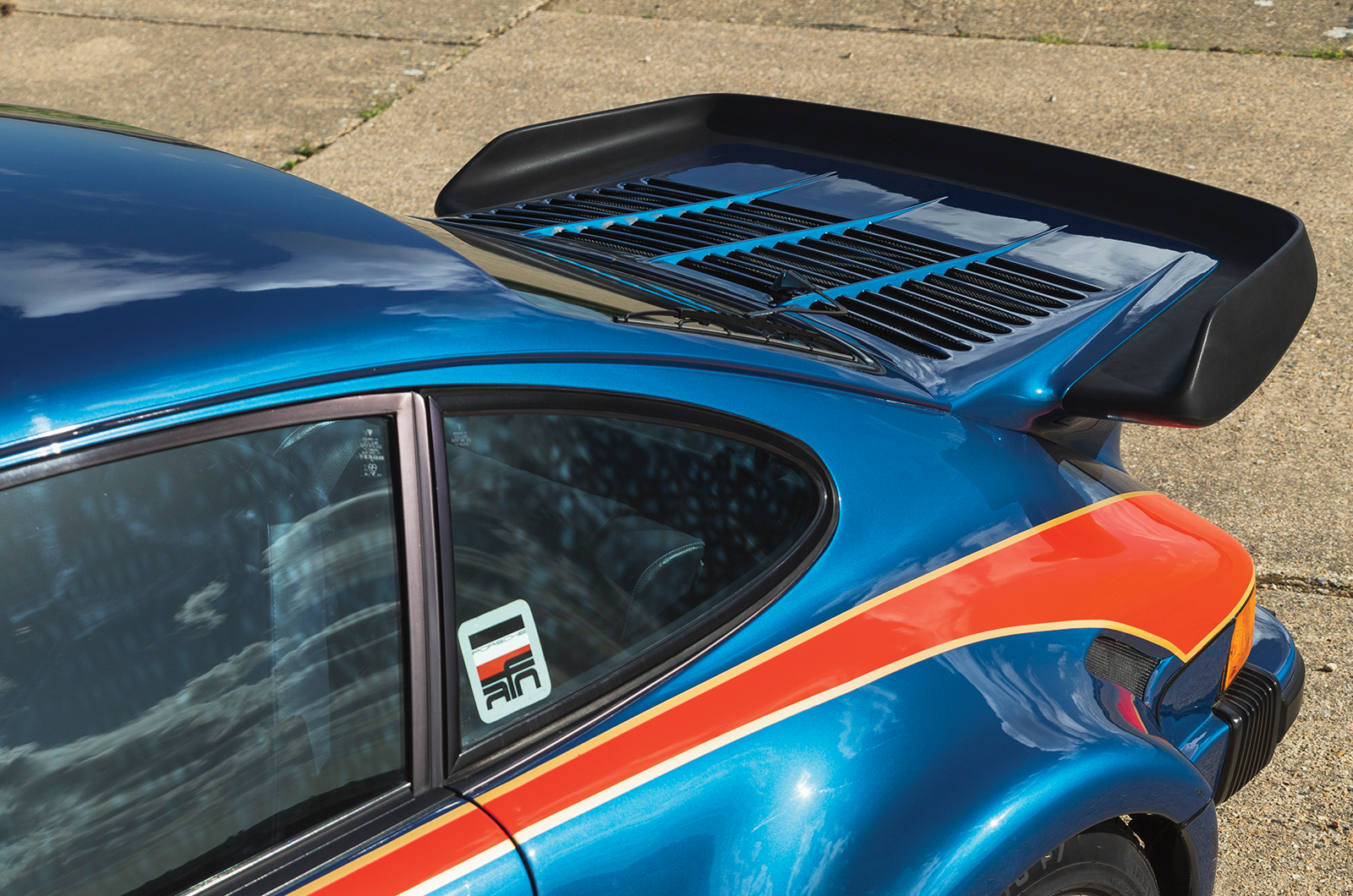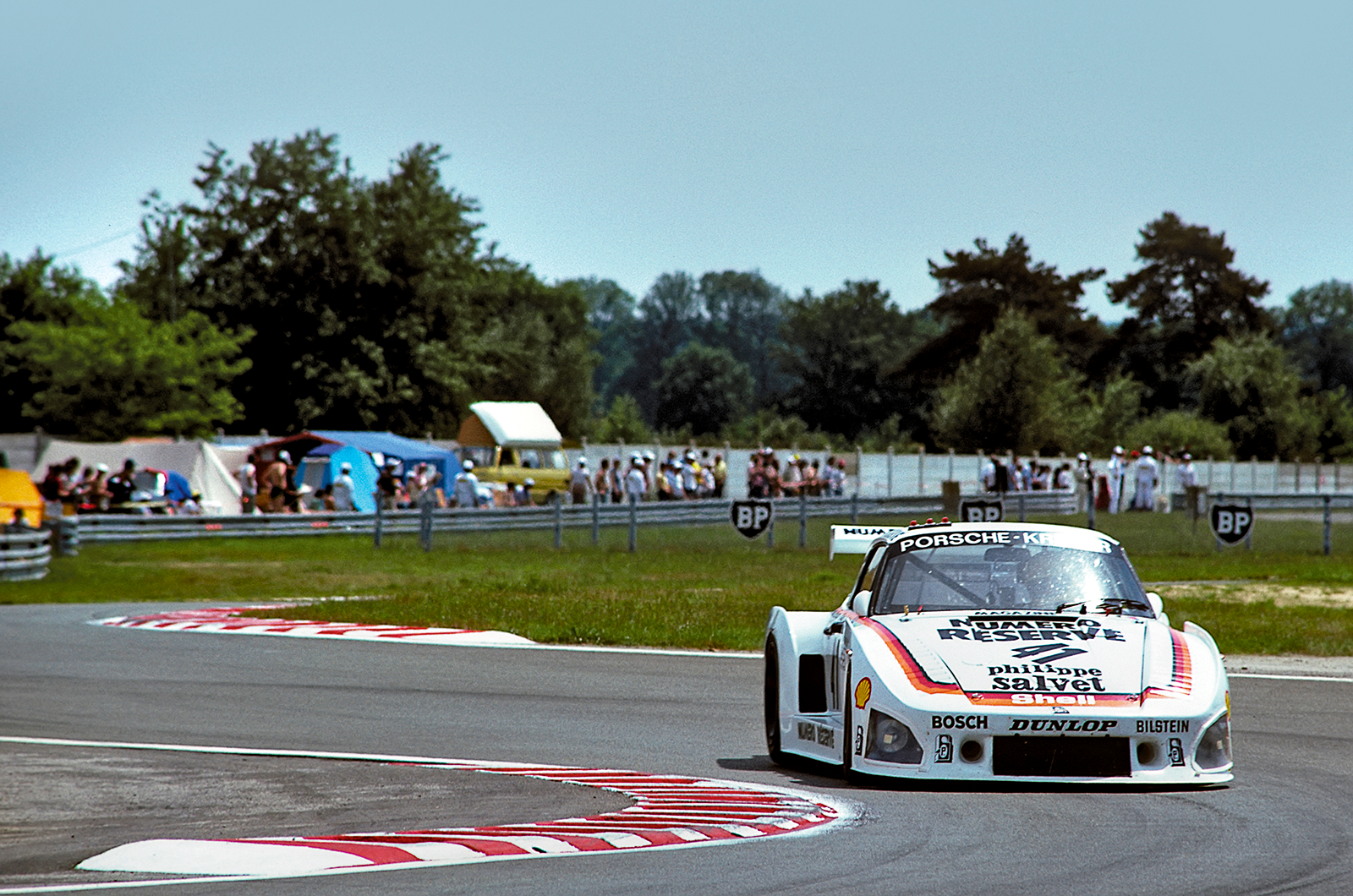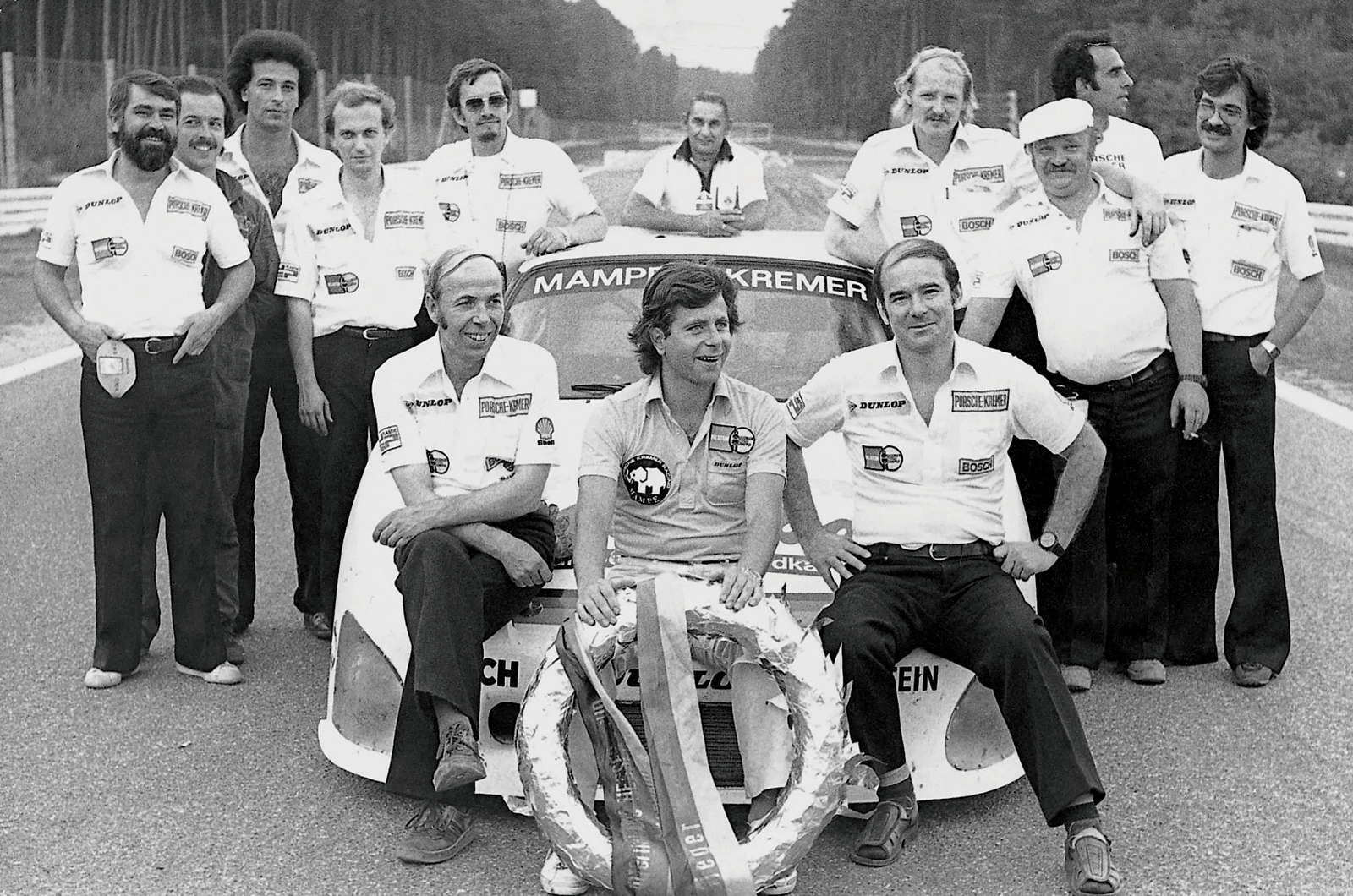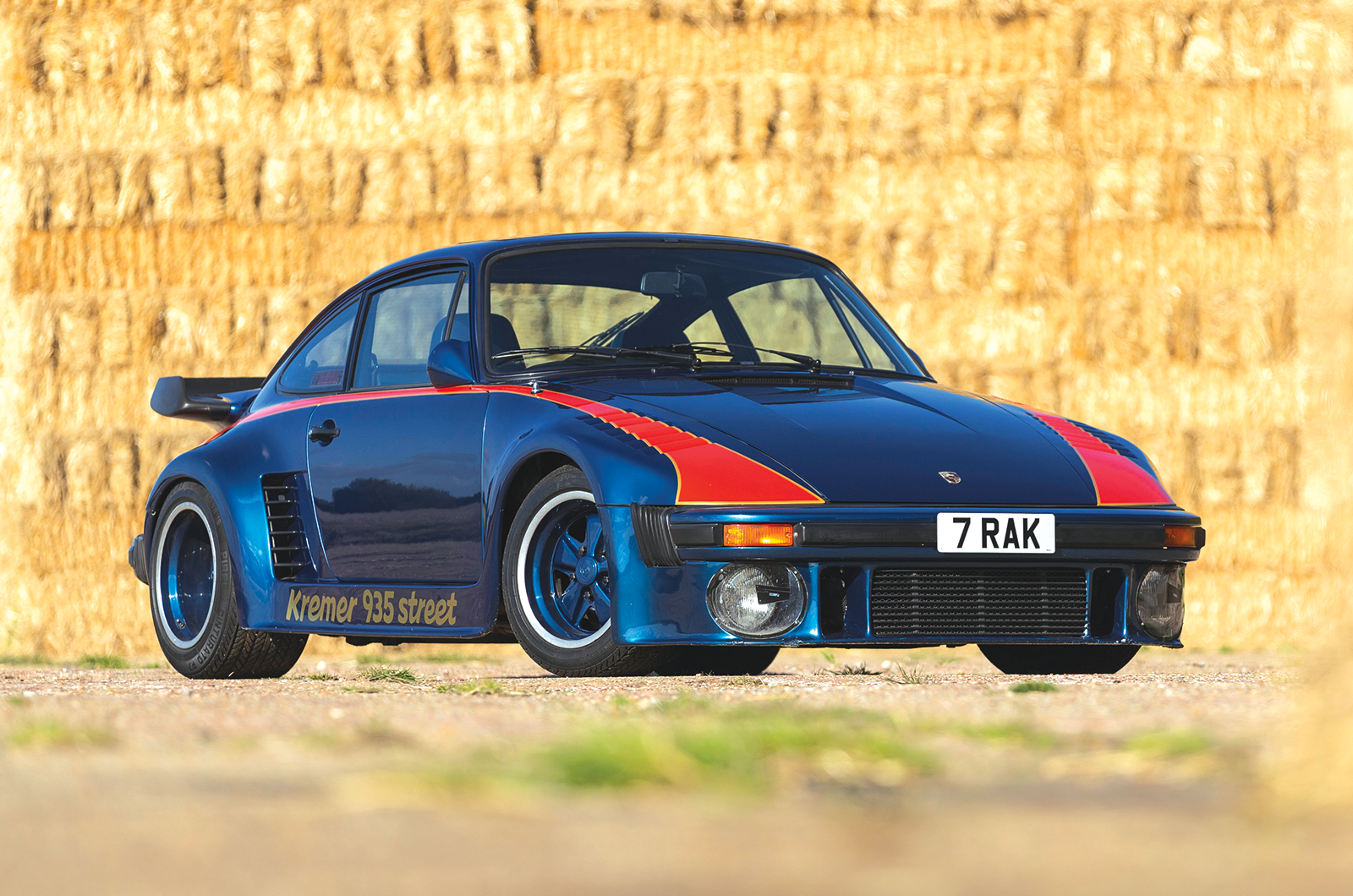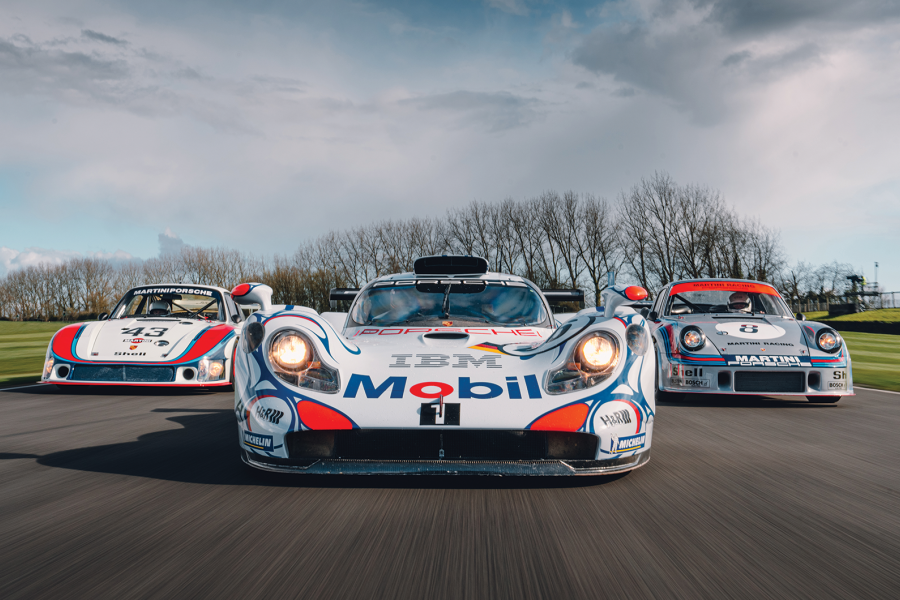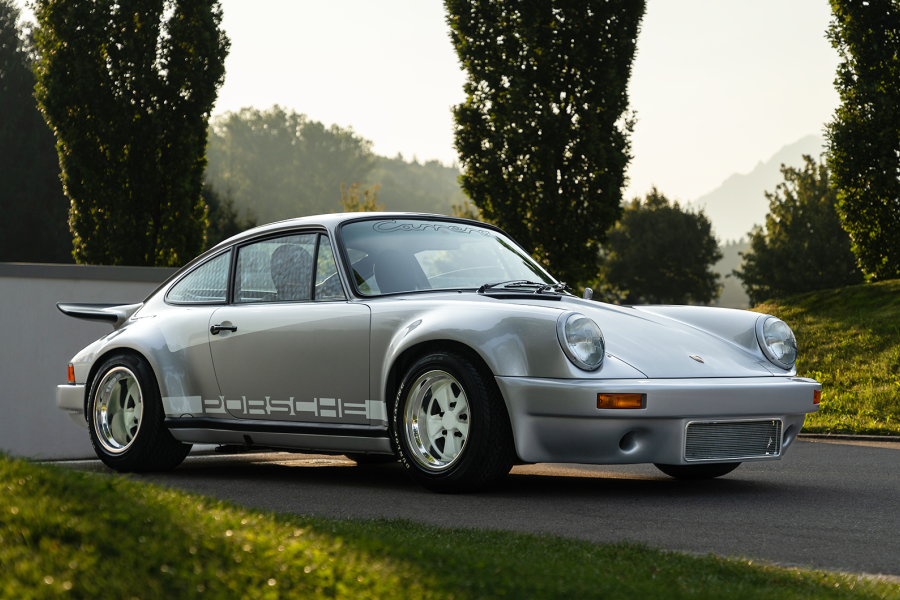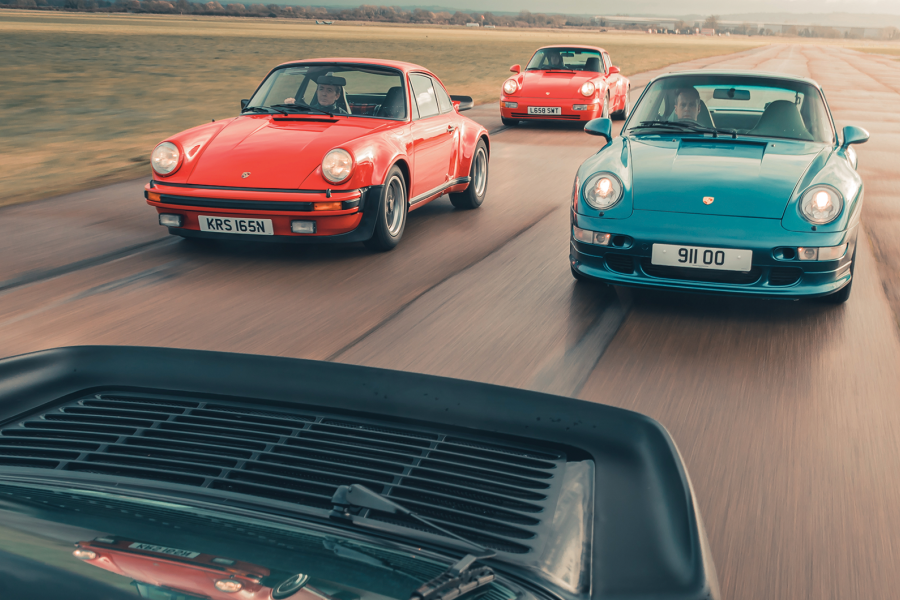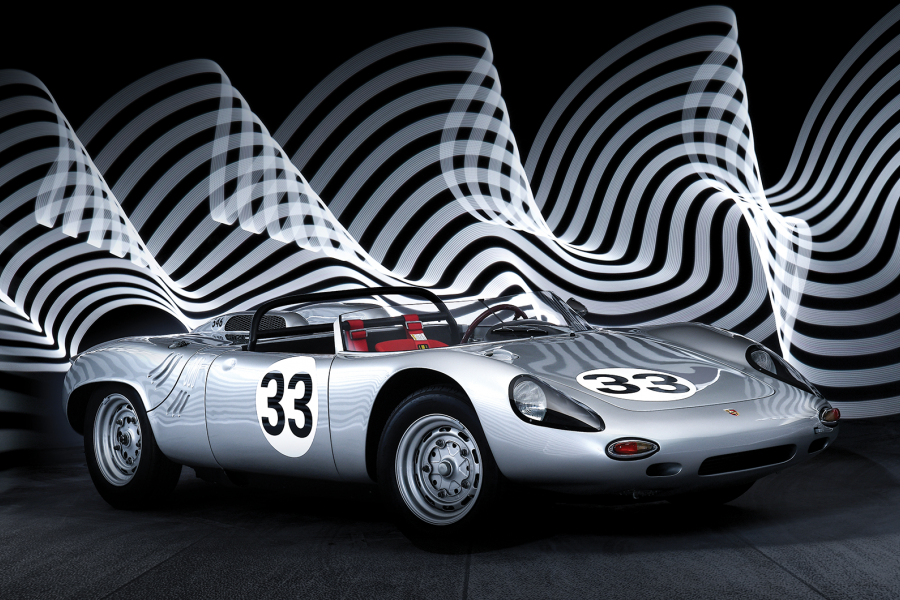Cologne-based brothers Manfred and Erwin Kremer had already been racing modified Porsches when they founded Kremer Racing in 1962.
The team worked first on 911s and 914s, and made its Le Mans debut in 1971 with a 911S.
The following year, Kremer scored a credible eighth in a 911 Carrera RSR. But it was Porsche’s turbocharged era, which arrived in showrooms via the 930 in 1975, that would be the team’s making.
Porsche happily sold racing variants of the turbo, the 934 and 935, to privateers such as Kremer, and the team found particular success with the more extreme 935, which, via a partnership with DP Motorsport, it was soon modifying so extensively it was named the 935 ‘K1’.
Further developments brought the K2 and then, with new bodywork, the K3, which replaced Porsche’s air-to-water intercooling set-up with a superior air-to-air one.
Manfred Kremer (far left) and brother Erwin (on car, right) with Le Mans-winning driver Klaus Ludwig (centre) © Getty
The K3 would achieve the team’s greatest success, winning Le Mans in 1979.
Kremer continued to develop the K3, which became one of the most successful Group 5 cars of its era – both under the team’s own auspices and in customers’ hands – while a K4 followed, although Kremer soon switched to prototype cars for its Le Mans entries.
It was one of many privateers running 956s in the mid-1980s, and bagged a third place in 1983.
The racing team’s last big win was the 1995 Daytona 24 Hours, won by Kremer’s 962-based K8, and it hasn’t competed in a major international race since 2001.
The Kremer workshop remains active in Cologne, however, and the team regularly attends events such as the AvD Oldtimer-Grand-Prix.
Factfile
Porsche Carrera 2.7 MFI
- Sold/number built 1974-’75/2144
- Construction steel monocoque
- Engine all-alloy, sohc-per-bank 2687cc flat-six, Bosch mechanical fuel injection
- Max power 210bhp @ 6300rpm
- Max torque 188lb ft @ 51000rpm
- Transmission five-speed manual, RWD
- Suspension independent, at front by MacPherson struts, longitudinal torsion bars, anti-roll bar rear semi-trailing arms, transverse torsion bars, anti-roll bar; telescopic dampers f/r
- Steering rack and pinion
- Brakes ventilated discs
- Length 14ft 1in (4291mm)
- Width 5ft 5in (1652mm)
- Height 4ft 4in (1320mm
- Wheelbase 7ft 5in (2271mm)
- Weight 2370lb (1075kg)
- 0-60mph 6.3 secs
- Top speed 149mph
- Mpg 15-20
- Price new £8408 (1974)
- Price now £85-200,000*
*Price correct at date of original publication
Enjoy more of the world’s best classic car content every month when you subscribe to C&SC – get our latest deals here
READ MORE
20 sports cars that rocked Le Mans
’80s supercar shootout: Lamborghini Countach vs Porsche 911 turbo vs Ferrari Testarossa
Future classic: Porsche Cayman GT4
Charlie Calderwood
Charlie Calderwood is Classic & Sports Car’s Features Editor
